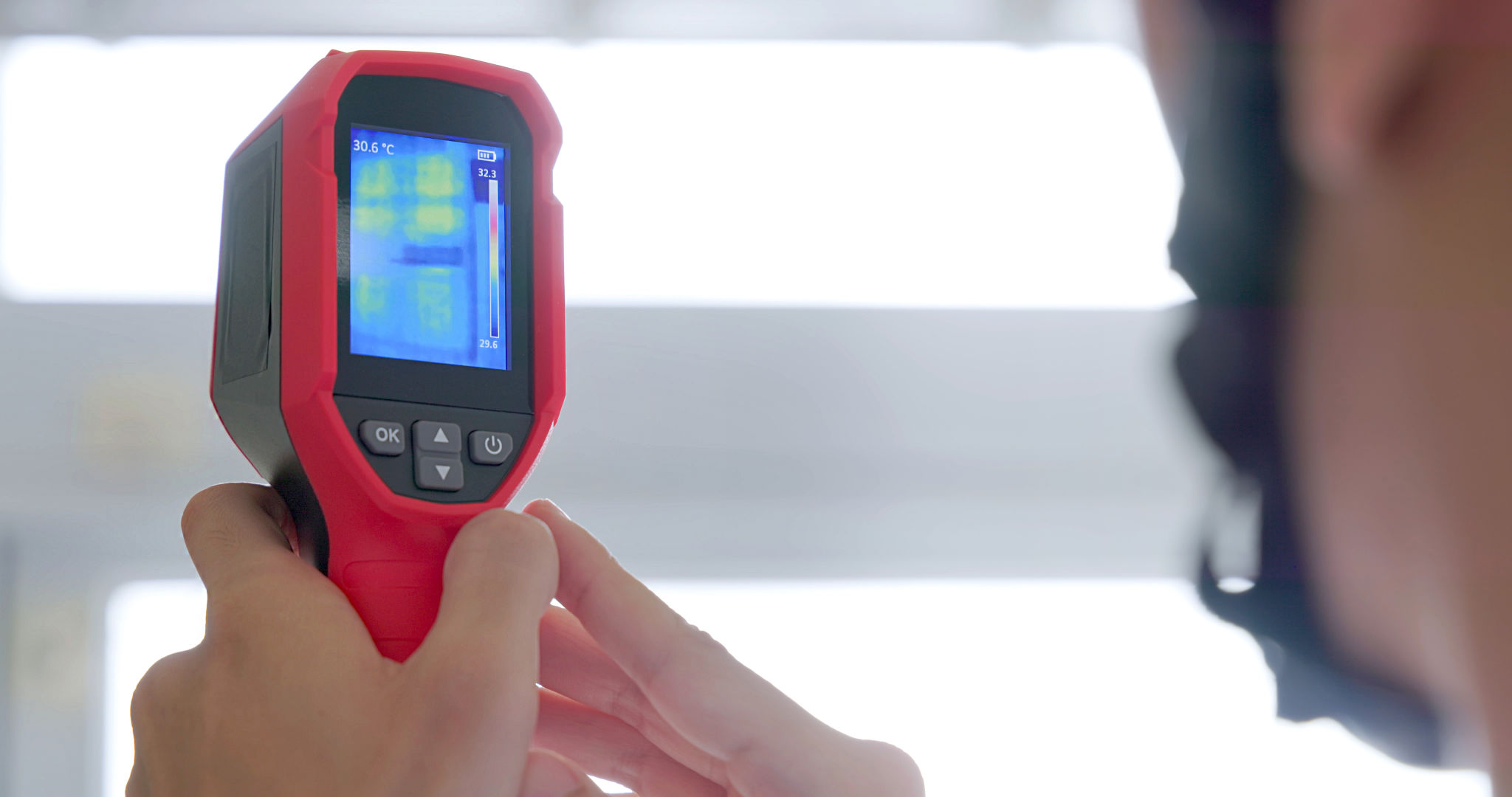How to Prepare Your Solar Farm for Seasonal Changes Using Thermal Imaging
As solar energy becomes more prevalent, maintaining the efficiency of solar farms is crucial. One effective way to ensure optimal performance is by using thermal imaging to prepare for seasonal changes. This technology can help identify potential issues and enhance the longevity of your solar panels.
Understanding Thermal Imaging
Thermal imaging, also known as thermography, uses infrared cameras to detect heat patterns. This non-invasive technique allows you to spot irregularities in your solar panels, such as hotspots or faulty connections, which may not be visible to the naked eye.
By identifying these issues early, you can perform necessary maintenance and prevent larger problems from arising. This is particularly important as the seasons change, and different weather conditions can impact your solar farm's performance.

Preparing for Seasonal Changes
Spring and Summer Maintenance
During the warmer months, increased sunlight can lead to overheating, affecting the efficiency of your solar panels. Regular thermal imaging checks can help you monitor temperature fluctuations and ensure your panels are functioning properly.
- Check for hotspots that can indicate damaged cells.
- Ensure connections and wiring are intact to prevent energy loss.
- Clean panels to remove dust and debris that can block sunlight.

Autumn and Winter Considerations
Colder months bring their own set of challenges, such as snow accumulation and reduced sunlight. Thermal imaging can assist in identifying panels that may be underperforming due to these conditions.
- Inspect for snow-related obstructions that can hinder energy absorption.
- Check for cracks or damage caused by temperature fluctuations.
- Ensure all electrical components are weatherproofed.

Benefits of Regular Thermal Imaging
Regular thermal imaging inspections allow for proactive maintenance, which can significantly extend the lifespan of your solar farm. By identifying and addressing issues early, you can minimize downtime and maximize energy production.
Additionally, thermal imaging provides valuable data that can help you optimize the overall performance of your solar farm. This data can inform decisions on future upgrades or expansions, ensuring your investment continues to yield optimal returns.

Conclusion
Preparing your solar farm for seasonal changes using thermal imaging is an essential strategy for maintaining efficiency and ensuring long-term success. By incorporating regular thermal inspections into your maintenance routine, you can protect your investment and continue to benefit from sustainable energy.
Embrace the power of thermal imaging and keep your solar farm running smoothly through every season.